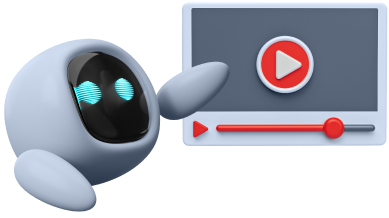What is a portfolio?
Portfolios are examples of achievements. The designer can have his portfolio in the form of drawings, the photographer can have it in the form of photographs. The programmer's portfolio includes programs, and the promotion specialist will have graphics and links to the pages he has promoted. The main purpose of the portfolio is to give an idea of your abilities to someone who will look at concrete examples of your work.
Note that the word "work" in this context does not necessarily mean examples of work you did while working for the company. Any material you can provide will be a good example. Also remember that in your portfolio, you can even show works that you have created and that have not been shown anywhere else but in your portfolio. The main thing is that you are the author.
What should you consider when creating your portfolio?
When choosing the work samples for your file, try to take into account your specialization. For example, the programmer should not place sample program code and 3D drawings in his portfolio. Certainly, that's fine, if you have different skills. But if so, then make different files for each of them, and show only the one that meets the criteria of the position for which you are applying. In short: a portfolio corresponding to a position.
An excellent source of material for the portfolio is educational work - this is the case for example when you do not yet have professional experience, but you still have some examples of work already done. There is no limitation to the development of its portfolio. Show imagination and professionalism! After all, a portfolio is only one example of your work. The way you design it, the type of work you place are indicators and a reflection of who you are!
Where can you place your portfolio?
Before the digital era, the portfolio was printed on paper. However, advances in information technology now allow us to create and save works in digital format. As with the question of the content of your file, there are currently no limits or restrictions on the choice of location. You can even print and show your portfolio on paper, but it is much faster to send a link.
Of course, the portfolio posted on your own website seems solid. But not all professionals place the portfolio on their website. The main reason is very simple - supporting the current work in the portfolio, beautiful content, requires a significant amount of time. This is why, in the field of information technology, files are increasingly being compiled from a variety of specialized resources, for example:
On this professional social network, on your profile, there is the possibility to attach links to your work, in the corresponding section called "Achievements".
- Behavior
Employers are looking for candidates on this popular resource for designers, based on the work placed in the profiles. This is probably the best place to place their wallets if you are a designer.
- Github
Don't be surprised, because it is sometimes important for programmers to show not only the code but also the structure and description of the project. This is why it is often enough for programmers to simply specify a link to a profile on this resource as a portfolio.
Conclusion
In fact, it doesn't matter if your portfolio is on a social network or on your freelance profile. Above all, your main asset is the works themselves and their quality. Remember to keep your portfolio up to date and add new examples. After all, the more you are training, the more you are improving your level! Don't be afraid to show in the portfolio your projects carried out in training - sometimes talent is more important than technique.
Do you want to get a popular and well-paying job in the IT field? Do you think about how to find examples of training work for your portfolio? Join us and get informed about everything!
More : https://geneva.itstep.org/digital-arts-filmmaking-teens



